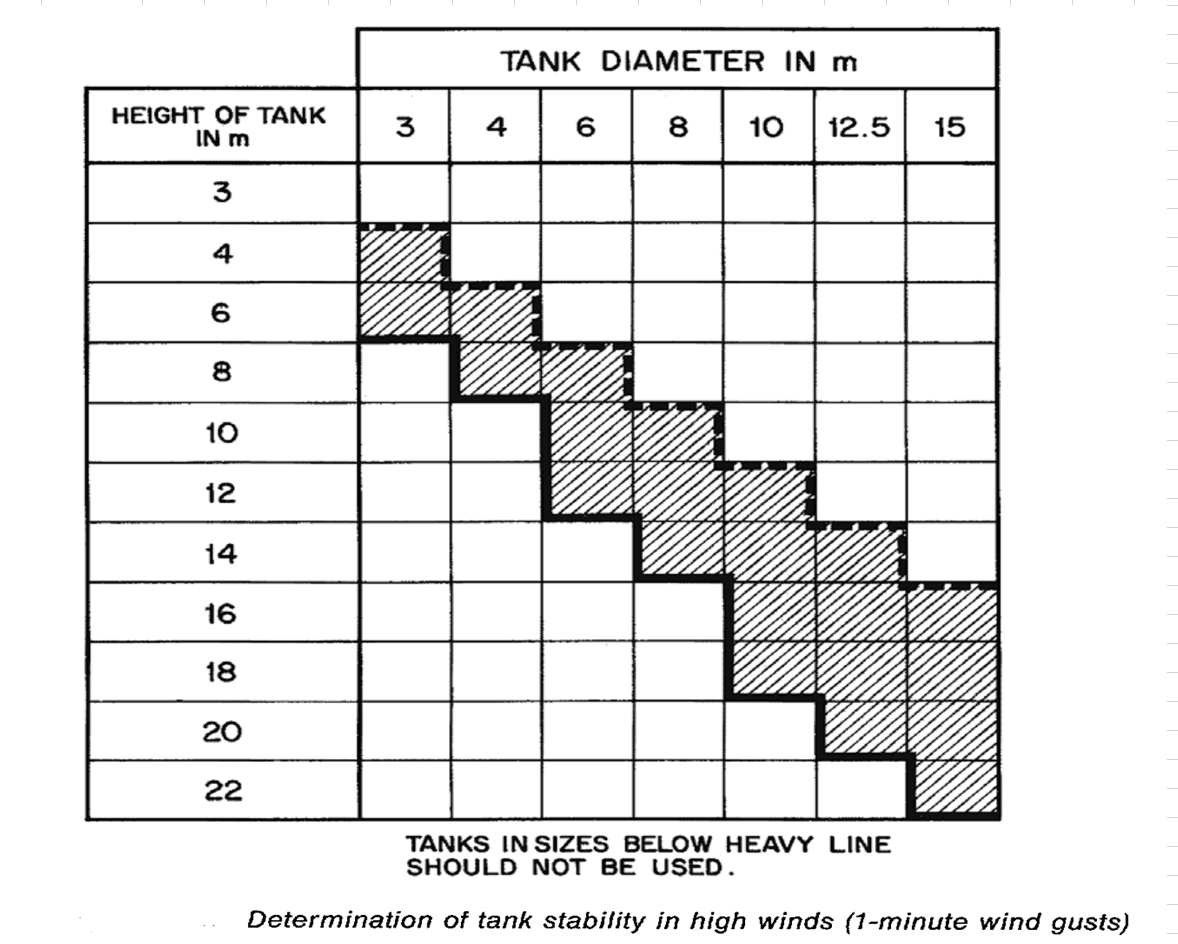@ https://www.cheresou...-pipe-in-hysys/
First the above posts cleared many of my questions regarding fluid modelling in HYSYS, so thanks
@ https://www.aspentec...With_Confidence
My questions relates to different tools provided in HYSYS for doing fluid flow calculations. The above recent article summarizes these tools & the pros n cons as well for each method. I need some clarifications:
1] Referring to Pipe Segment author says that Slip is not accounted for What does that mean? This is also referred here at page 5/5 which states The pipe segment in dynamics does NOT model phase slip, so it is not suited to predict slug volumes through dynamics modeling.
2] Again for Pipe Segment author says acceleration term in the pressure drop equation ...does that mean pipe segment shouldn't be used when there is say a JT Valve (in refrigeration cycles ...too muh pressure drop means excessive density decrements & excessive velocities!)
3] Again for Pipe Segment author says Ignores the kinetic energy term of the energy balance equation for all phases ...??
4] For Compressible Gas Pipe quoting Do not use the interpolation mode ...??
So I cannot understand these x4 statements. Please clarify

 FB
FB










